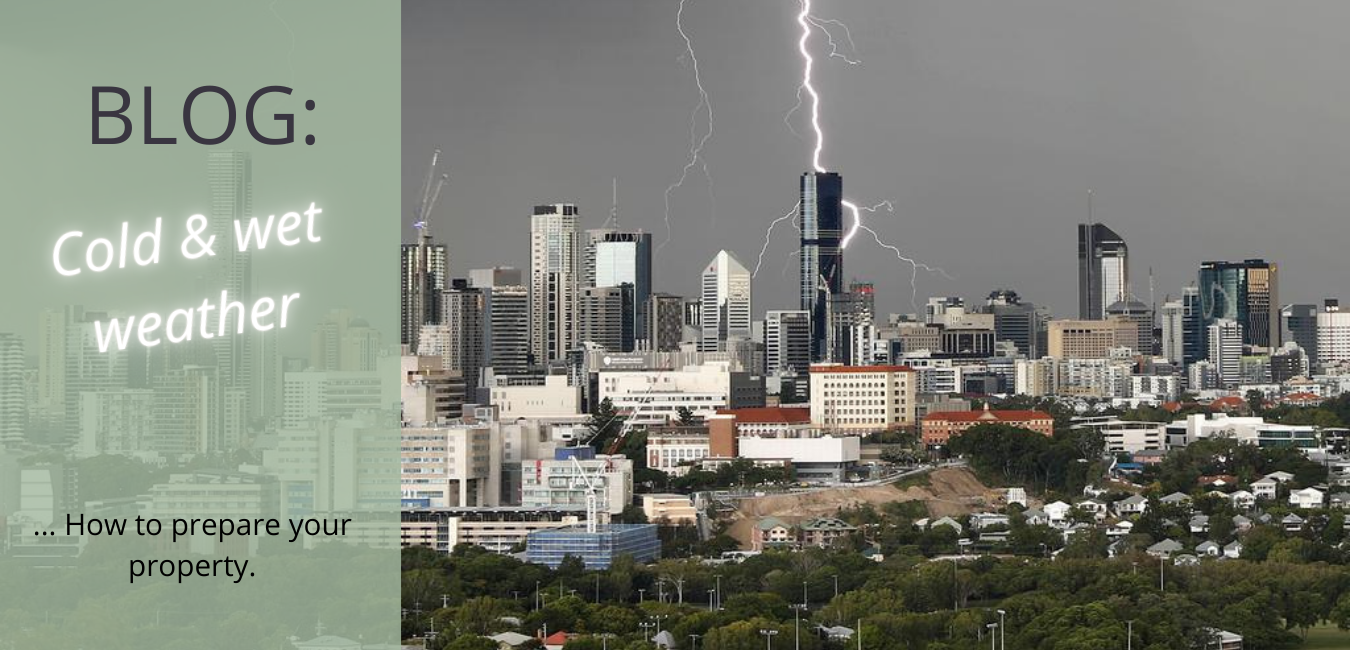
As the weather gets colder and unusually wet for Australia at this time of year, it’s important to take some time to prepare your property so that it can weather the winter months ahead. In this article, we’ll give you some tips on how to do just that – from clearing gutters and downspouts to insulating pipes and windows.
How to prepare your property for cold weather
As the colder months approach, it’s important to start thinking about how to prepare your property for the cold weather. Here are a few tips:
1. Insulate your home – This will help to keep the heat in and the cold out. Consider adding insulation to your attic, walls and floors.
2. Seal up any gaps or cracks – Look for any places where heat could escape from your home, such as around doors and windows. Caulking and weather-stripping can help to seal up these areas.
3. Protect your pipes – When water freezes, it expands and can cause pipes to burst. To prevent this, insulate any exposed pipes and let a trickle of water run through them when the temperature is expected to dip below freezing. While freezing temperatures and bursting pipes are not common for Queensland when compared to some of the southern sates. You can expect temperatures around zero degrees Celsius particularly in the southern parts of Queensland this winter.
4. Clear away any debris – Storms can bring high winds and heavy rains, so it’s important to clear away any loose items from your yard that could be blown around or become projectiles. This includes things like lawn furniture, garbage cans and toys.
How to prepare your home for wet weather
The eastern states experienced some very destructive weather at the beginning of the year, it’s important to take some time to prepare your home and property to help minimize any damage that could occur. Here are a few tips on how to do just that:
1. Inspect your gutters and downspouts. Make sure they are clear of leaves and debris so that water can flow freely.
2. Check your roof for any loose or damaged shingles and have them repaired or replaced as needed.
3. Inspect the exterior of your home for any cracks or gaps that could allow water inside. Seal them up with caulk or weather-stripping as needed.
4. Move any outdoor furniture, planters, or other items inside to avoid them being damaged by wind or rain.
5. If you have a basement, make sure your sump pump is in good working order and consider investing in a backup power source in case of a power outage.
By taking some time to prepare your home before the wet weather hits, you can help reduce the risk of damage and make things much easier on yourself down the road.
How to protect your home from severe weather
As winter approaches, now is the time to start preparing your home for cold and wet weather. Here are some tips to help you keep your home warm and dry all winter long:
1. Check your roof and gutters. Make sure there are no loose or missing shingles, and that your gutters are clear of leaves and debris.
2. Inspect your windows and doors. Make sure they are properly sealed and insulated. Caulk any cracks or gaps, and install weatherstripping around doors and windows.
3. service your furnace. Have a professional inspect and clean your furnace before turning it on for the season. This will help ensure it runs safely and efficiently all winter long.
4. Protect your pipes. Wrap any exposed pipes in insulation to prevent them from freezing. If you have a water heater, drain it partially to reduce the risk of a burst tank.
5. Stock up on supplies. Keep a supply of food, water, and other essentials in case you lose power or are unable to leave your home due to severe weather conditions.
By following these tips, you can help protect your home from the cold and wet weather this winter.

